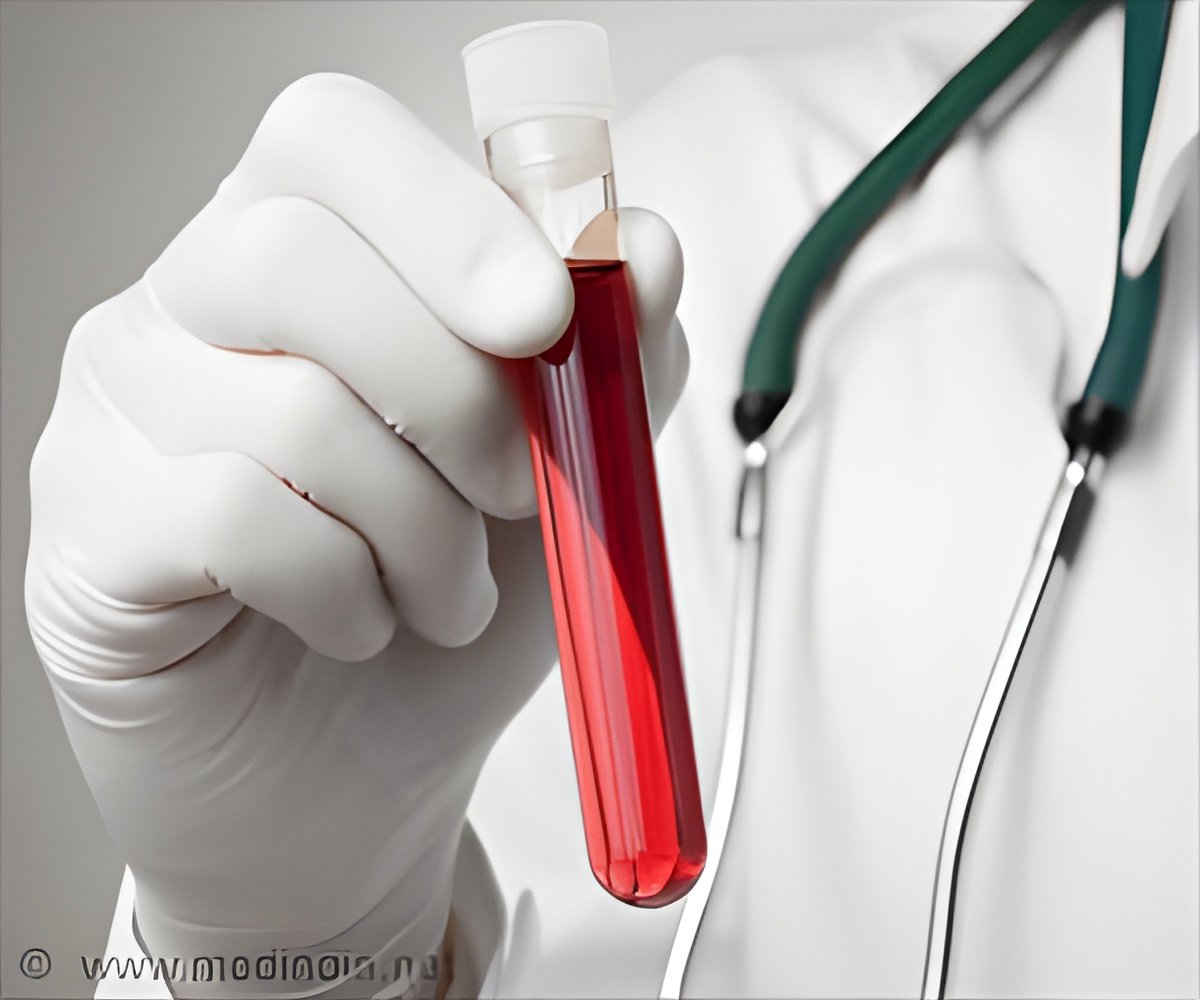
"Identifying and unravelling this important pathway for blood pressure regulation could lead to a better understanding of who will get high blood pressure and why, as well as allow us to develop better drugs to treat these patients," Isenberg said.
"Poorly controlled hypertension is a major risk factor for heart attacks and heart failure, stroke and kidney failure," he added.
Isenberg and collaborator David D. Roberts, of the National Cancer Institute, National Institutes of Health, have been exploring uses of nitric oxide signaling.
The cells that line blood vessels, called the endothelium, produce NO in a few biochemical steps. NO promotes blood vessel dilation and increases blood flow. Conversely, endothelial dysfunction, along with loss of NO production, is known to be involved in the development of many forms of cardiovascular disease, including hypertension.
Through cell culture and mouse experiments, the researchers found that a protein called thrombospondin-1 (TSP1) and its receptor, CD47, inhibit activation of the endothelial-based enzyme called endothelial nitric oxide synthase (eNOS), which in turn limits the production of NO and thus prevents blood vessels from relaxing and blood pressure from dropping. Circulating TSP1, at levels consistent with those found in the blood stream, is capable of inhibiting activation of endothelial-based eNOS and thus blocking NO production.
Advertisement
"We also knew that mice genetically engineered to not produce TSP1 or CD47 showed more NO-based blood flow and blood vessel dilation. This suggested to us that perhaps circulating TSP1 was altering the ability of the endothelium to make NO by acting on eNOS," he added.
Advertisement
Source-ANI















